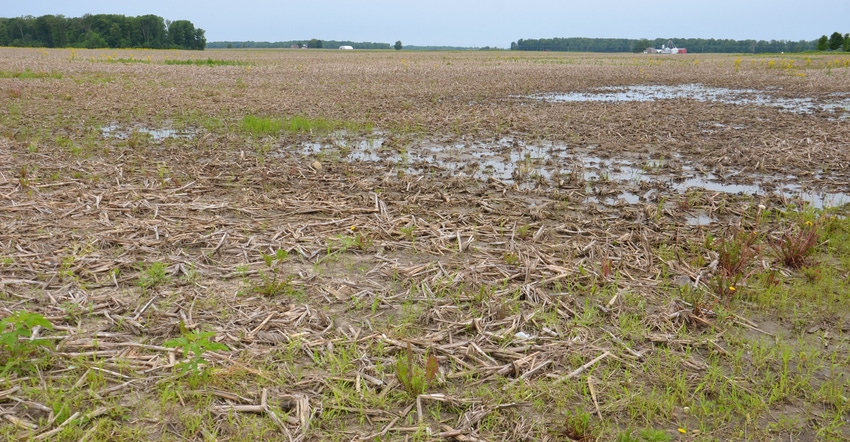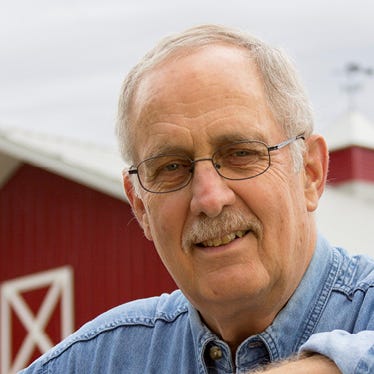August 21, 2019

There are numerous nonfinancial “soft skills” that go into creating and maintaining a successful long-term leasing relationship. After 20 years of working with leases, farm manager A.J. Jordan sums up the most important one in one word: communication.
“The need to communicate effectively with your landowner is absolutely essential,” says Jordan, with Halderman Farm Management and Real Estate, Wabash, Ind. “Outside of the financial aspects, good communication — or lack of it — is the No. 1 reason I’ve seen tenants either keep or lose a farm.”
To lay the groundwork for effective communication, Jordan says tenants should ask landowners two simple questions: What are your goals for your farm? How much communication do you want from me?
“Some landowners want very much to be kept in the loop on a regular basis, while others, especially those absentee owners who may be far away, may not want as much communication,” he says. “But to whatever extent, almost all landlords want to know what’s going on out on their farm.”
Regarding the amount of communication, Jordan says that talking with your landowner at least twice a year when you send the rent checks is the absolute minimum. Ideally, communication should be much more frequent, and he says some large farmers use newsletters as a tool to keep landlords up to speed.
If a problem arises, Jordan says, “the best surprise is no surprise.”
“In those situations, a simple five-minute phone call, just to keep the owner informed, can often keep things from breaking down,” he says.
Help owners understand
Thanks to technology, it’s not that hard to keep landowners informed.
“One of your best communication tools is right there in your pocket or on your belt,” Jordan says. “Pictures really are worth a thousand words and can take your communication to a whole different level.”
Jordan says that for landlords who live far away or those who really don’t understand farming, sending a text with a picture can accomplish much to help them know what’s happening at their farm.
“For someone who owns land in Indiana but lives in California, they’re going to have a lot of difficulty understanding how wet it really was here this spring,” he says. “But sending them a picture of their farm with ponds standing on it in May can make the point pretty quickly. And you can tell them, ‘But we have crop insurance, and it’s going to be OK. Or we don’t, and it’s not going to be OK.’ Either way, they need to know.”
He says there are other instances where a picture can really work in a tenant’s favor.
“I’ve seen situations where a tenant can tell his landlord over and over about a wet hole that’s not producing,” he says. “But if he or she sees a picture of a part of the field with no corn growing in it, they sometimes decide pretty quickly that maybe doing some drainage isn’t such a bad idea after all.”
And while it’s easy to get hyperfocused on getting things done during planting and harvest, Jordan says putting the technology in your pocket to work pays significant dividends.
“With autosteer, it’s not that hard anymore to just snap a quick shot and text, ‘Just finishing up planting corn on your farm this afternoon,’” he says. “People really appreciate that.”
Boone writes from Wabash, Ind.
About the Author(s)
You May Also Like






